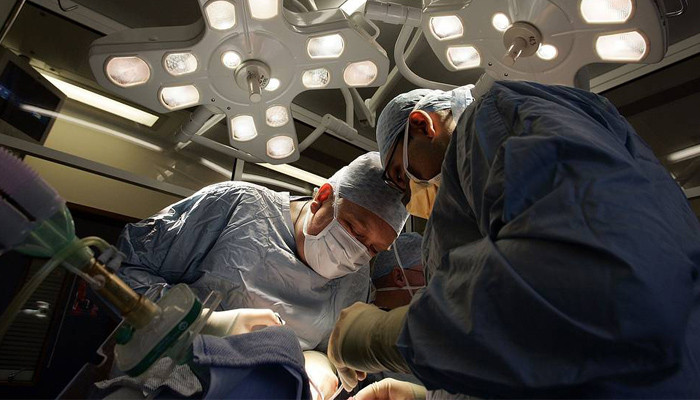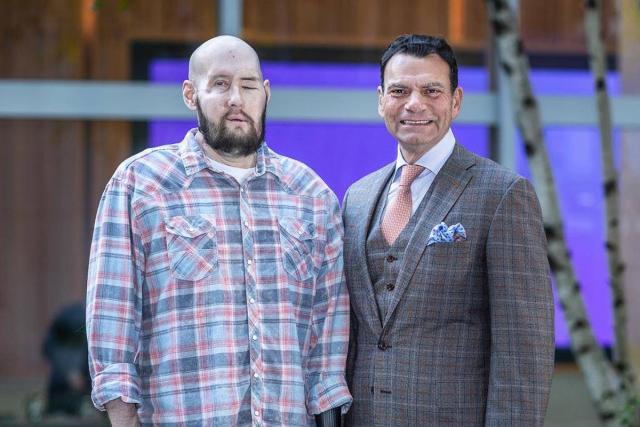Doctors complete first successful face and whole-eye transplant
 This week doctors announced they had completed the first successful transplant of a partial face and an entire eye. In May at NYU Langone Health in New York City, the surgery was performed on a 46-year-old man who had suffered severe electrical burns to his face, left eye and left arm. He does not yet have vision in the transplanted eye and may never regain it there, but early evidence suggests the eye itself is healthy and may be capable of transmitting neurological signals to the brain. The feat opens up the possibility of restoring the appearance—and maybe even sight—of people who have been disfigured or blinded by injuries. Researchers caution there are many technical hurdles before such a procedure can effectively treat vision loss, however.“I think it’s an important proof of principle,” says Jeffrey Goldberg, a professor and chair of ophthalmology at the Byers Eye Institute at Stanford University, who was not involved in the surgery but has been part of a team working toward whole-eye transplants in humans. “I think it points to the opportunity and importance that we really stand on the verge of being able to [achieve] eye transplants and vision restoration for blind patients more broadly.” But he cautions that the main obstacle is achieving regeneration of the optic nerve, which carries visual signals from the retina to the brain; this step has not yet been successfully demonstrated in humans. Face and cornea transplants have been performed before, yet to the NYU Langone team’s knowledge, this is the first time a whole eye has been transplanted successfully (with or without a face). The first partial face transplant was performed in 2005 in France. As of 2021, nearly 50 face transplants had been conducted worldwide. In 1969 Texas physician Conard Moore claimed to have attempted the first whole-eye transplant in a human, but it was not successful. Amid criticism, Moore later retracted his claim, saying he had only transplanted the eye’s outer portion—the sclera and cornea. Although a subsequent analysis suggested he may, in fact, have transplanted the whole eye, it did not develop a blood supply. |

Japan Unveils Human Washing Machine, Now You Can Get Washed Like Laundry (video)
73501.12.2025, 20:45
Chinese humanoid robot sets Guinness World Record with 106-km inter-city walk (video)
71524.11.2025, 16:30
Musk։ Optimus will be able to eliminate poverty and provide everyone with a universal high income (video)
72723.11.2025, 12:45
AGMI researchers expose the hidden role of female perpetrators in the Armenian Genocide (photo)
73913.11.2025, 21:15
LVM3-M5 mission successfully launches CMS-03 satellite (video)
106802.11.2025, 21:17
Google разработала квантовый алгоритм, работающий в 13 тыс. раз быстрее алгоритма суперкомпьютеров
143522.10.2025, 23:44


